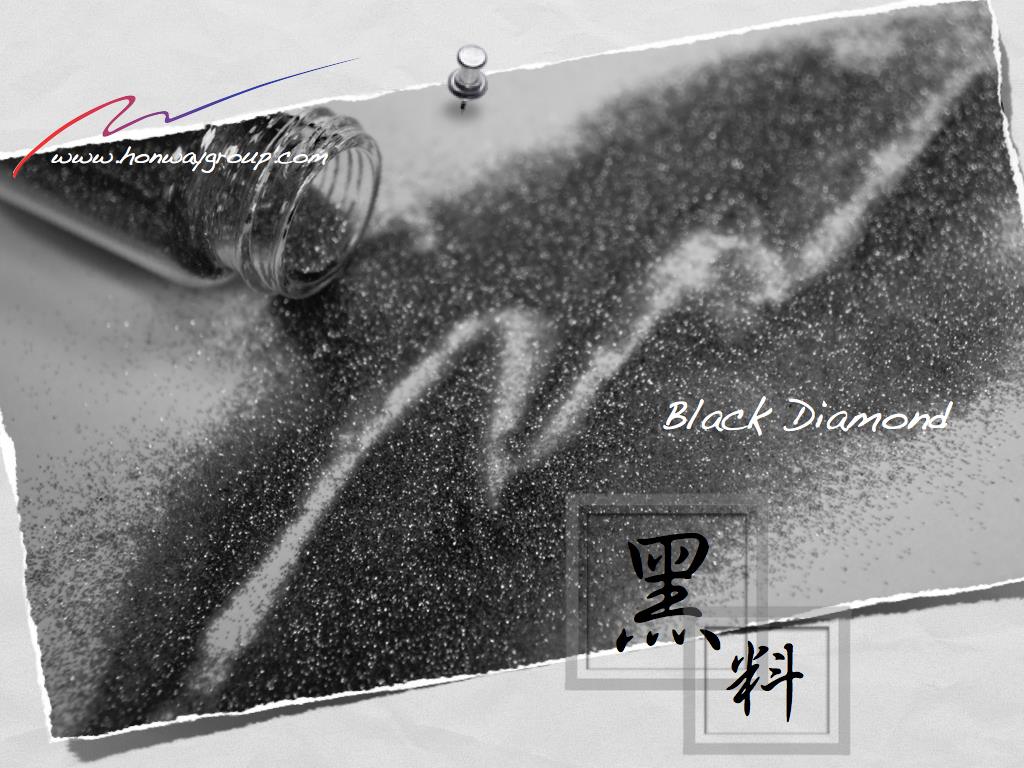The appearance of steel patterns on molds usually has two main causes: One is the quality of steel material ,many mold manufacturers choose lower-quality steel to save costs, which can result in surface patterns and fine lines after the molds undergo polishing. Under light, these patterns can cause distortion, and polishing can only alleviate the visibility of these steel patterns. The other reason is that polishing technician lacks adequate skills, but by choosing high-quality steel, it can ensure material quality and avoid surface patterns and fine lines caused by lacking of skills.
The surface polishing of molds is influenced not only by polishing equipment and techniques but also by the mirror finish of the mold materials. Achieving a mirror finish in mold materials involves more than just chemical composition; it requires advanced processes during smelting, such as vacuum degassing, argon protection during casting, vertical continuous casting and rolling, and soft forging. These processes help ensure fewer internal defects, finer impurity particles, higher dispersion, smaller and more uniform metal grain size, thus meeting the requirements for polishing to a mirror finish.
Influence of Steel Smelting on Mirror Polishing
Non-metallic inclusions, bubbles, oxides, and sulfides in steel are major causes of defects such as pinholes and voids during mirror polishing and grinding of mold steel. Therefore, for plastic molds with high surface roughness requirements, it is generally advised not to use sulfur-containing free-cutting steel. Even if not using free-cutting steel, high levels of oxides and sulfides can lead to defects during grinding. Employing processes such as vacuum melting or electroslag remelting can effectively improve the purity of the steel and enhance its polishing performance. The uniformity of the microstructure in mold steel is another factor affecting polishing performance. Variability in microstructural regions and banded segregation can lead to fine patterns and grinding marks during mirror processing. To prevent segregation, it is crucial to manage pouring techniques after steel production and the crystallization quality of the ingots. Adequate forging is necessary to ensure the density of the steel. Additionally, performing homogenization heat treatment or electroslag remelting can effectively reduce segregation and improve polishing performance.
Impact of Polishing Techniques on Mirror Polishing
To achieve high-quality mirror polishing, polishing techniques play a significant role. During preliminary grinding, it is important to avoid temperature influences that could cause structural changes on the surface. In addition to sufficient cooling, selecting the right oil stone is critical. Grinding pressure plays a significant role; when the oil stone becomes dirty, pressure may unexpectedly increase, causing a rise in temperature. A good practice is to frequently change the direction of grinding on the surface. During polishing, it is essential to avoid excessive pressure at surface contact points; otherwise, softer substrates may be eroded, causing carbide particles to detach and subsequently crack, resulting in defects.

